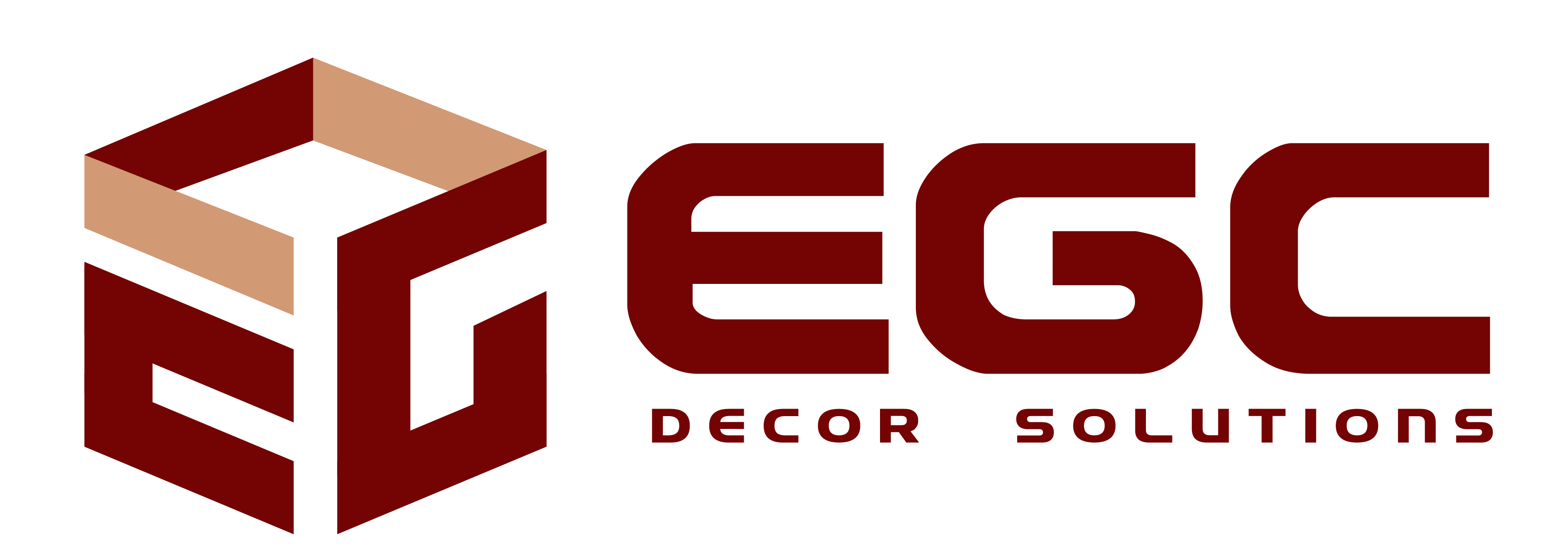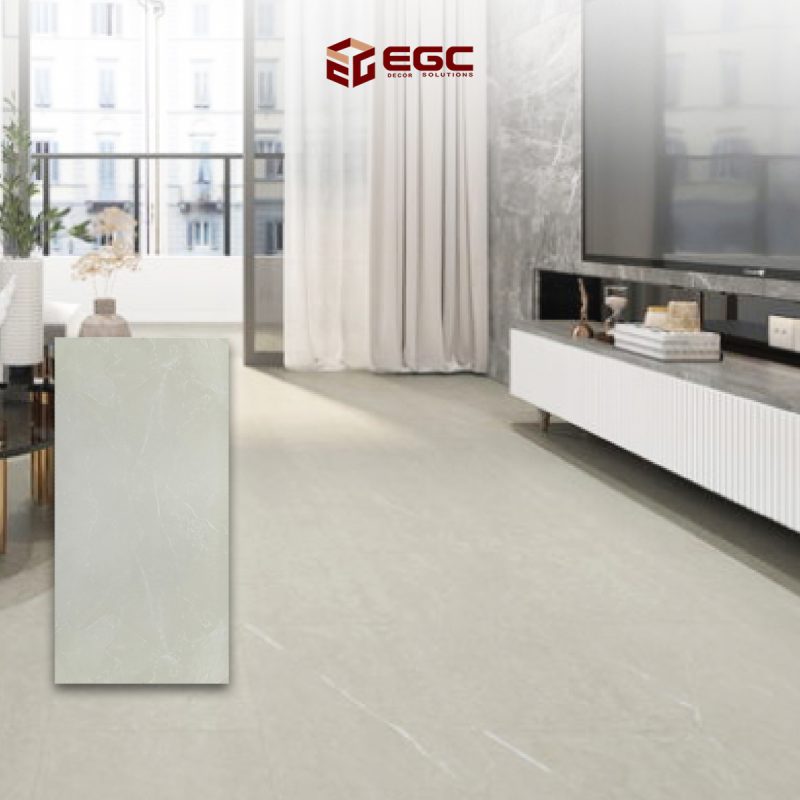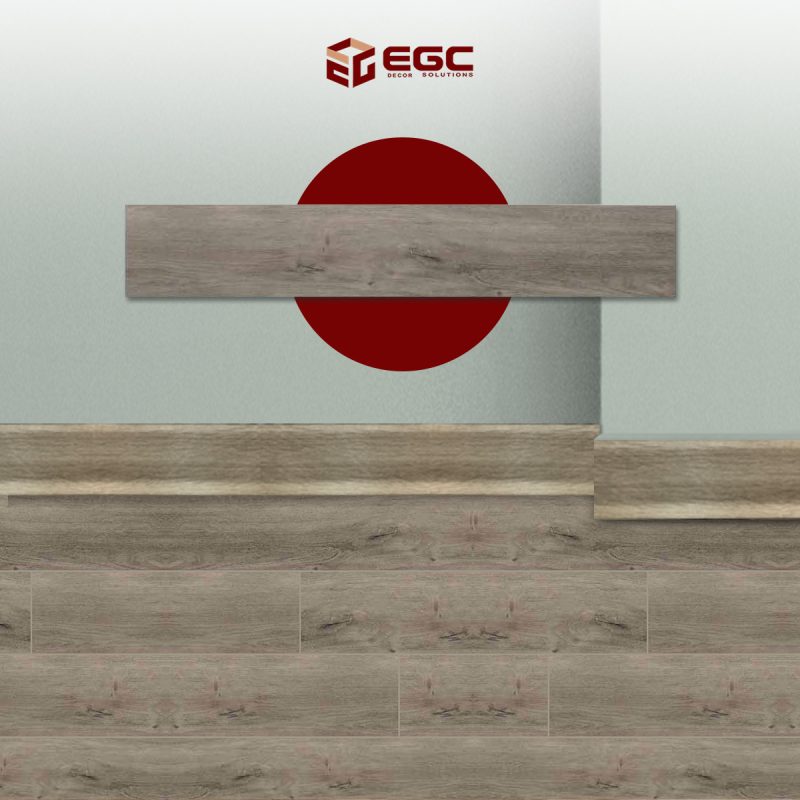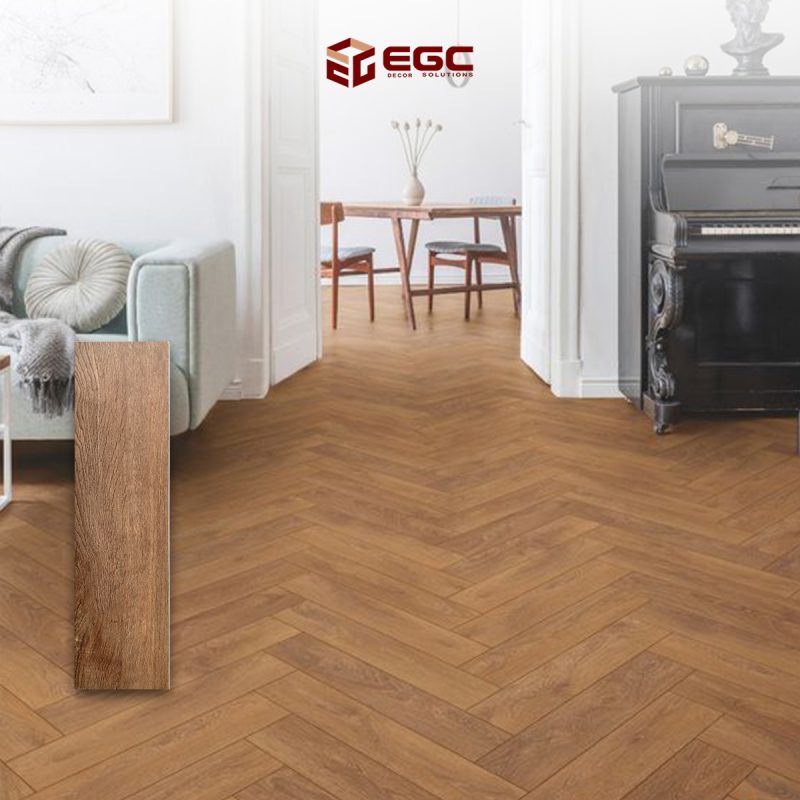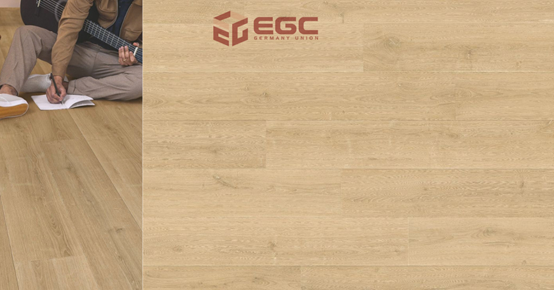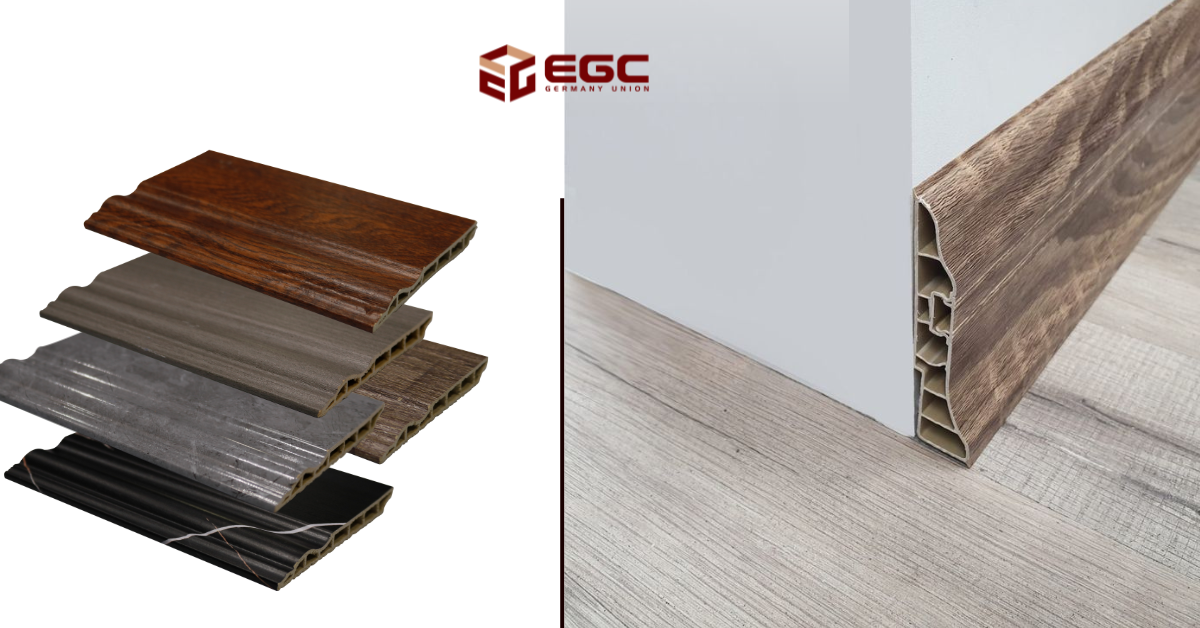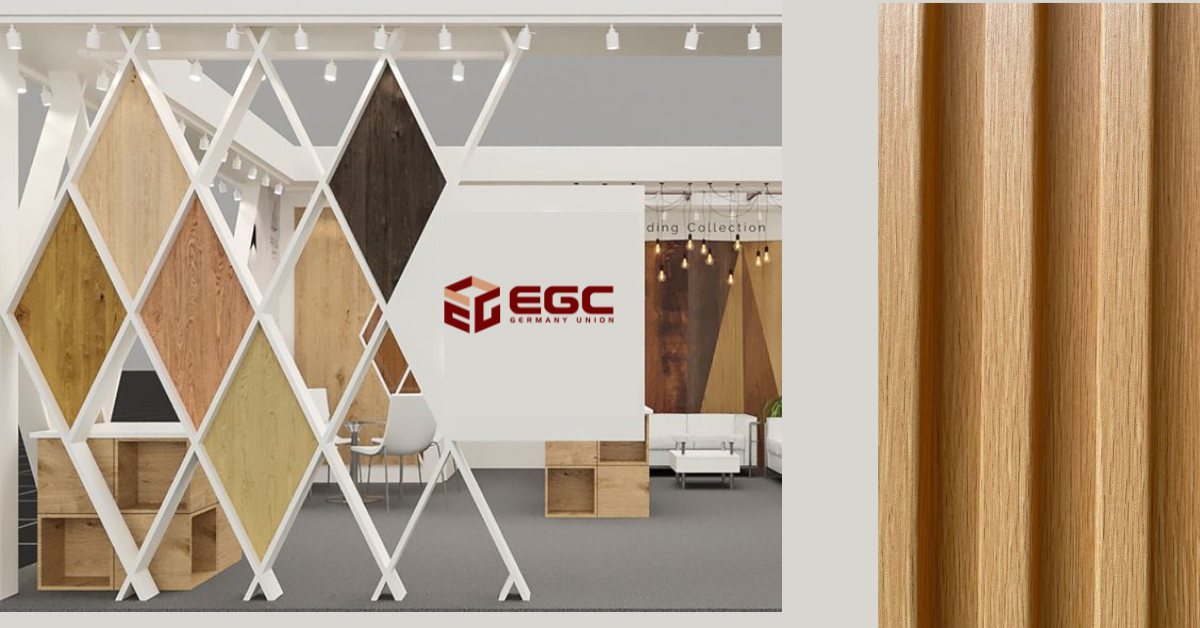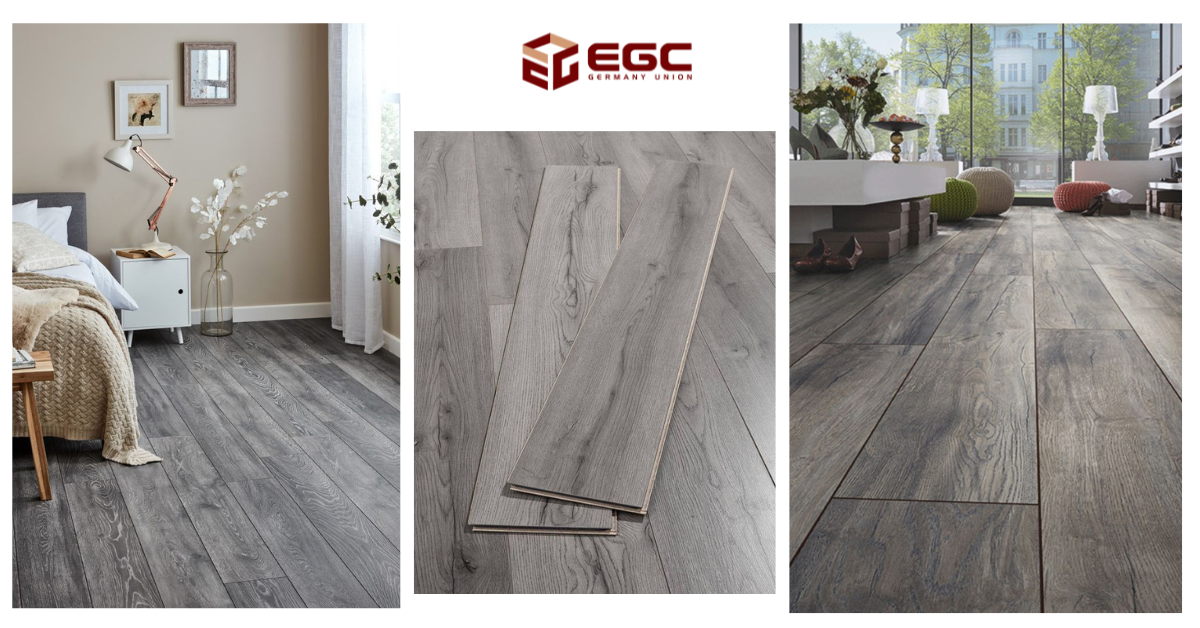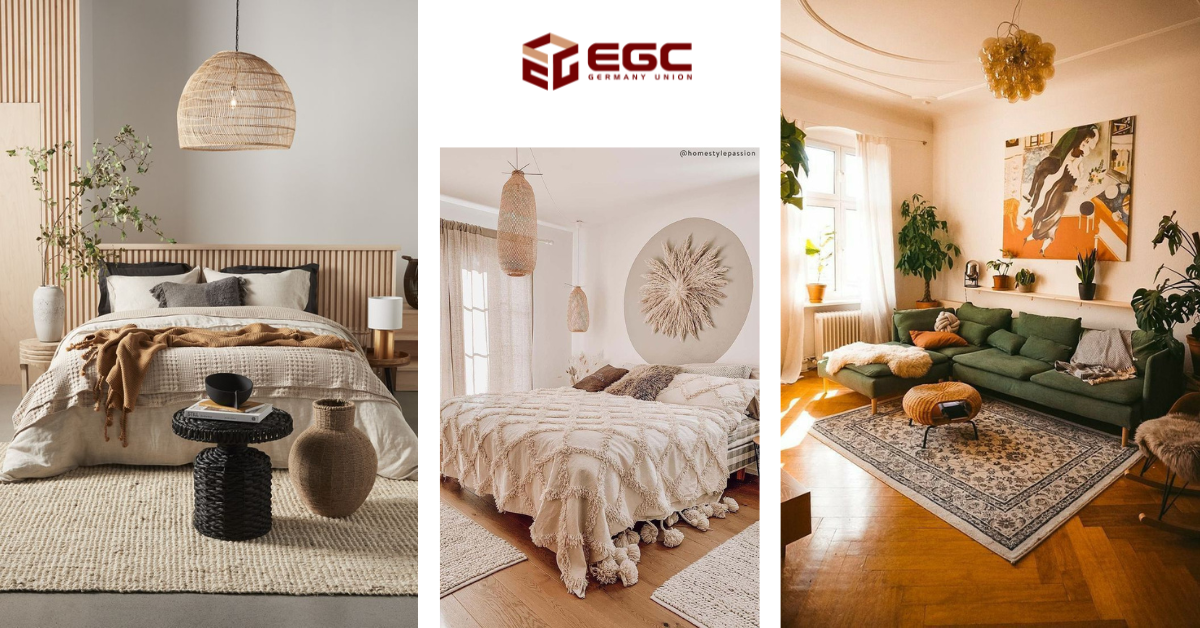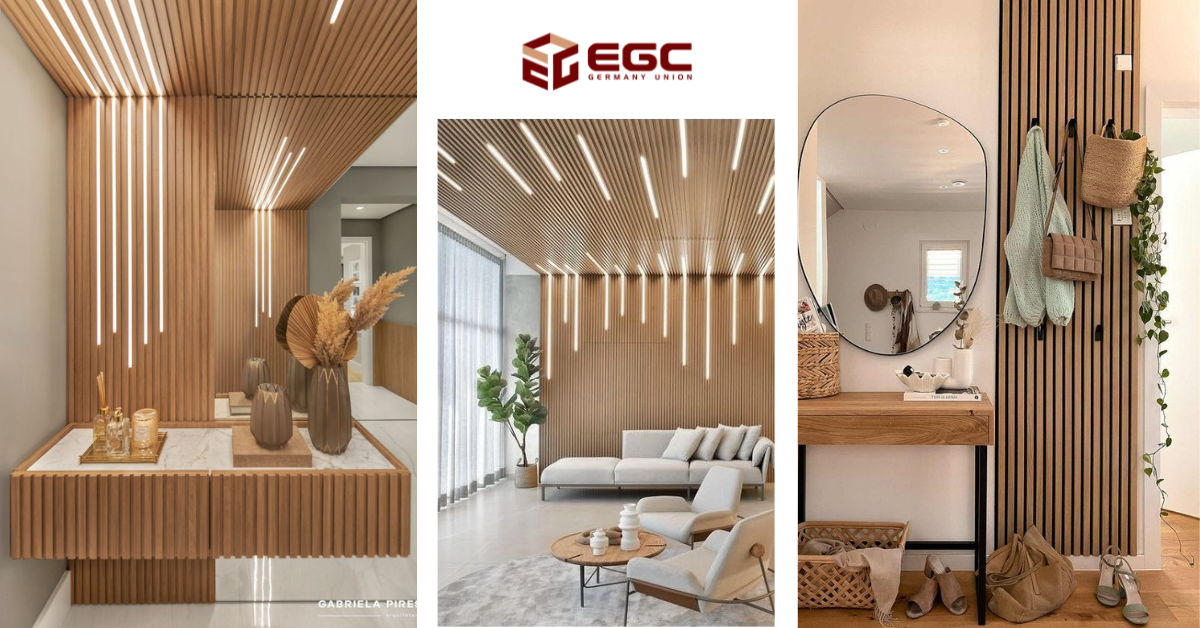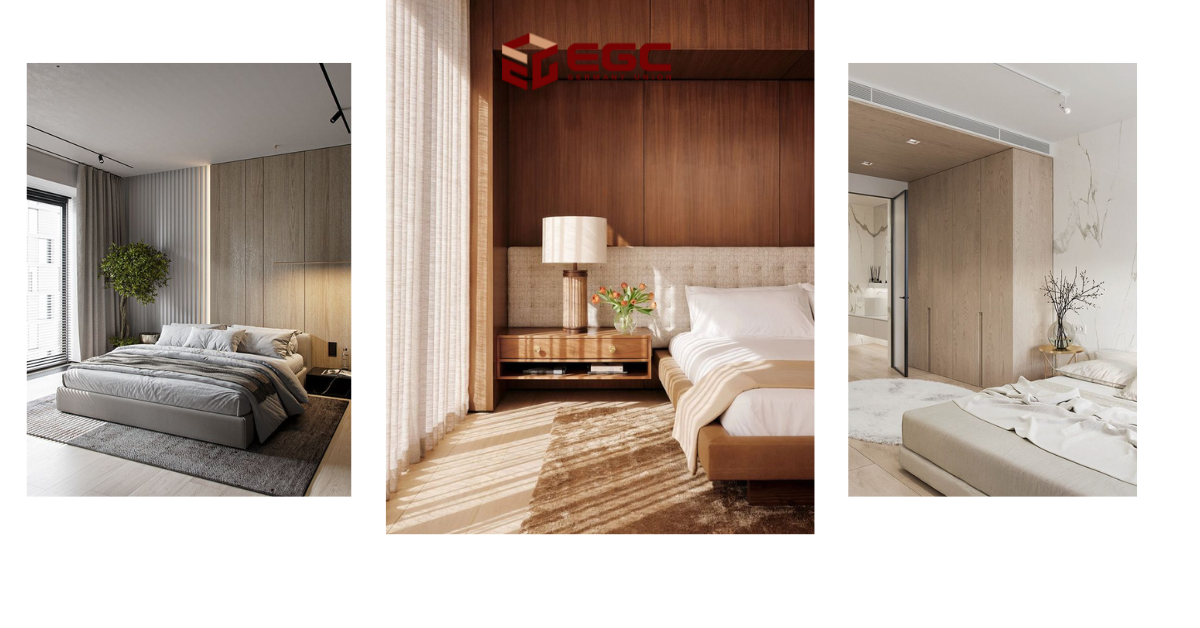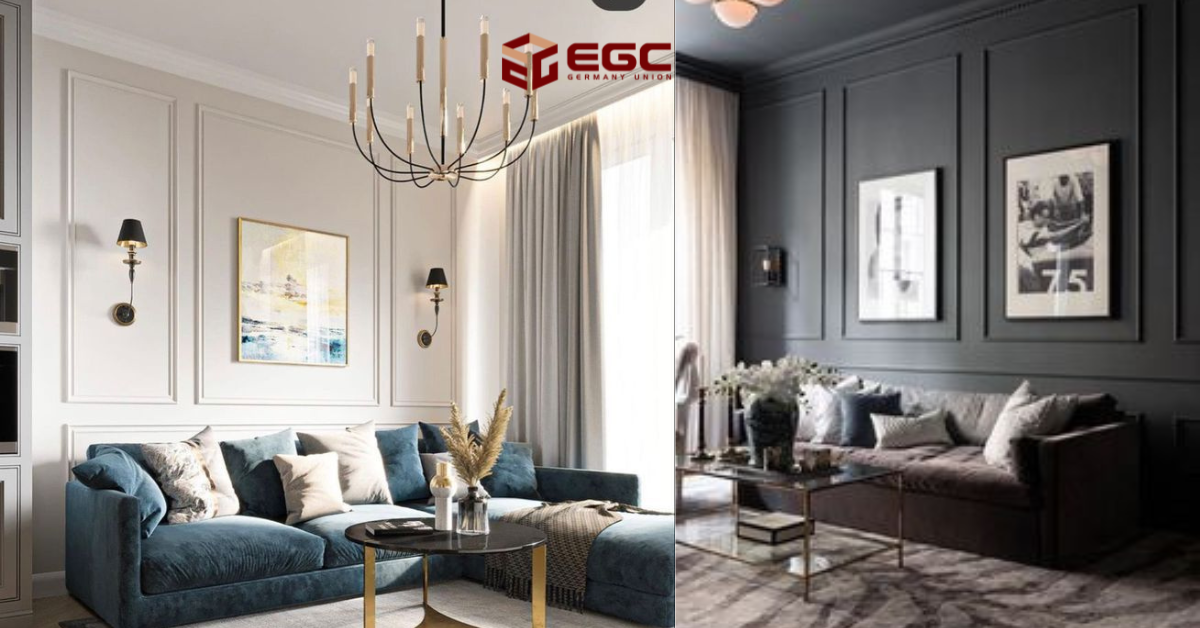The Proper Way to Prepare Floors for Parquet Installation

Parquet Flooring: How to Properly Prepare the Floor Before Installation
Parquet flooring consists of wooden panels available in various patterns and styles. It’s easy to install over different floor types, as long as the surface is leveled — whether concrete, tiles, or ceramic. The panels are fixed using adhesive or metallic nails.
Here’s how to prepare the floor for parquet installation:
- Thorough Cleaning: Clean and dry the base surface completely.
- Surface Sanding: Sand the floor and fill any holes or gaps to ensure a smooth and even surface.
- Leveling: Make sure the floor is completely flat and not sloped.
- Expansion Gap: Leave a small gap between the parquet edges and the wall to allow for natural expansion.
- Curing Time: Avoid walking on the parquet for at least 24 hours after installation.
- Placement Accuracy: Carefully plan the placement of each panel before installing.
- Secure Fixing: Gently tap the parquet panels multiple times to remove any air gaps underneath.
Planning to Replace Ceramic with Wooden Flooring?
If you’re considering replacing ceramic tiles with wood floors, the first question is usually: What’s the difference between Parquet and HDF?
While ceramic is traditional, many are switching to wood for its warmer aesthetic — as long as the right quality is chosen.
Wooden floors come in different designs and colors to suit various tastes. However, pricing varies depending on the material quality, design, and durability.
Parquet vs. HDF Flooring – What’s the Difference?
HDF Flooring (High-Density Fiberboard):
- Material: Completely synthetic; made from compressed wood fibers treated for optimal performance and to avoid the flaws of natural wood.
- Design Options: Available in both light and dark shades, with various patterns to match home interiors.
- Durability: Can last up to 30 years.
- Cost: More affordable than natural wood.
- Installation: Can be installed over tile or ceramic; doesn’t require a concrete subfloor. Easy to remove and reinstall.
- Protection: Comes with a scratch-resistant, water-resistant top layer. But improper installation may allow moisture to seep into inner layers, causing swelling.
Parquet Flooring (Natural Wood):
- Material: Made from solid wood like oak, beech, or cedar — giving it a premium and elegant finish.
- Refinishing: Can be sanded and repainted, allowing for easy color changes and surface renewal.
- Longevity: Like HDF, good-quality parquet can last over 30 years.
- Resistance: Performs well across different temperatures. Damaged parts can be replaced without redoing the whole room.
- Moisture: Sensitive to water unless treated with moisture-resistant coatings.
Why Wooden Floors Are Popular:
Wooden floors — whether parquet or HDF — have become the go-to choice for many due to their elegant look and compatibility with different spaces.
- Used in: Bedrooms, hallways, living areas, and even sports halls (due to non-slip options).
- Finishing Options: Comes in a variety of shades, like dark brown or grey, to enhance the overall interior aesthetic.
- Cleaning: Best cleaned with vacuum or soft brooms, followed by polishing using a damp cloth and proper ventilation.
- Installation: Done using special adhesives like silicone.
In Summary:
If you’re aiming for warm, stylish interiors and are willing to take minimal care, parquet or HDF flooring is a great investment. Just ensure you choose based on your home’s needs, room type, and budget.
